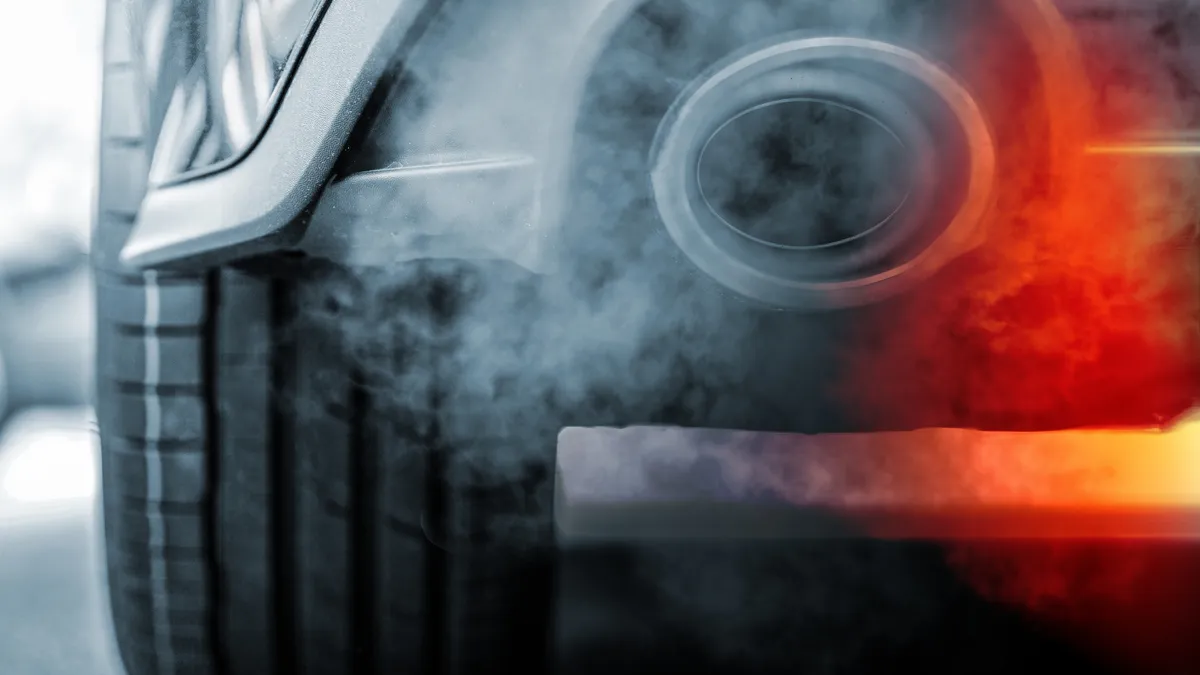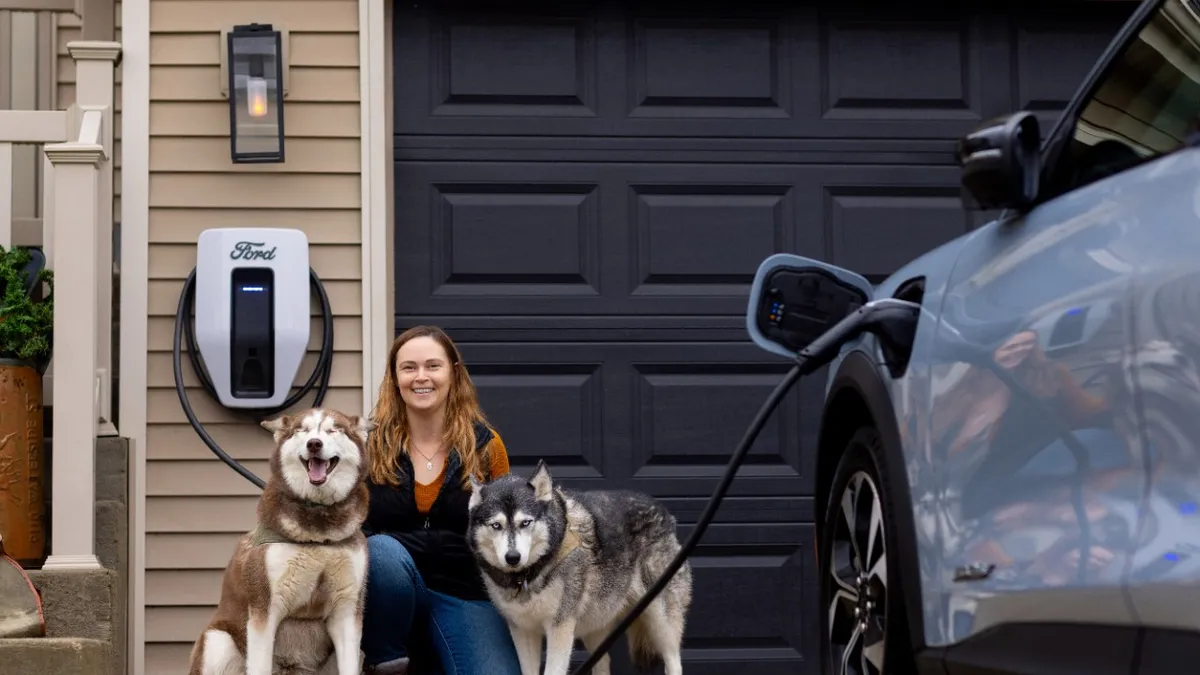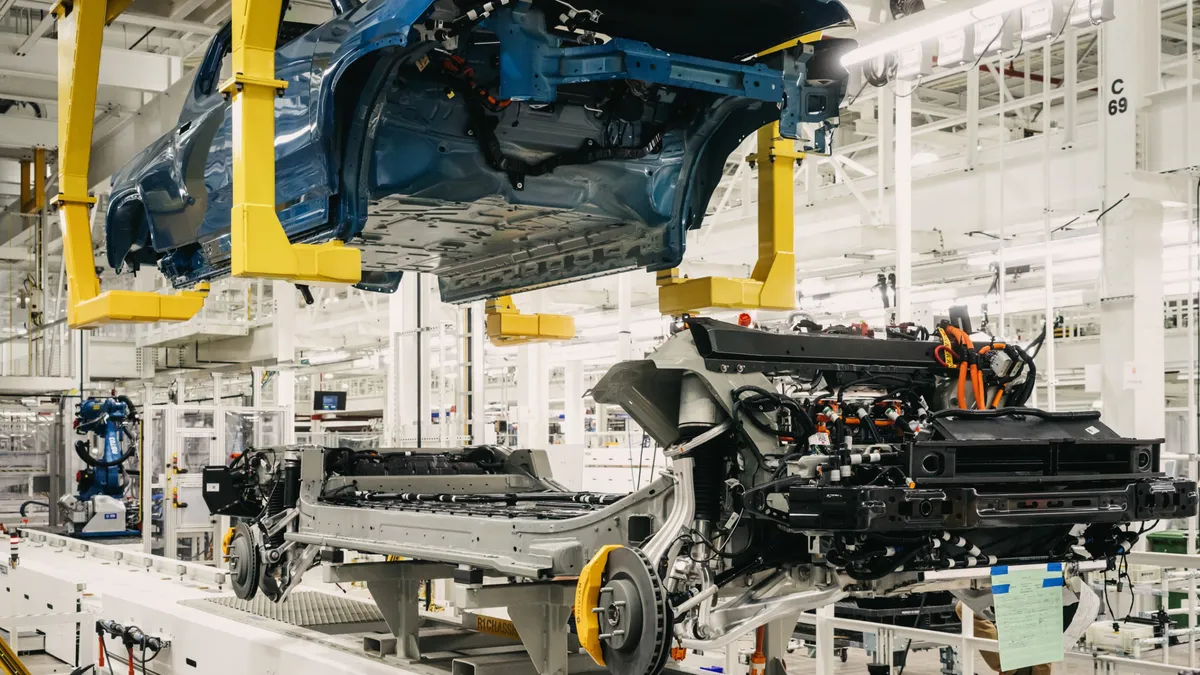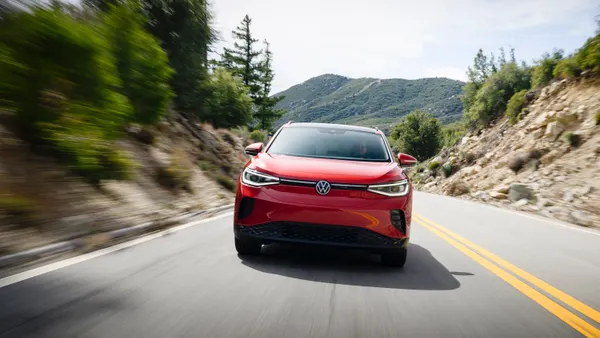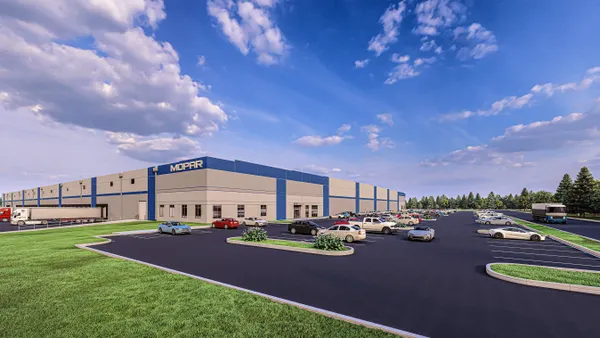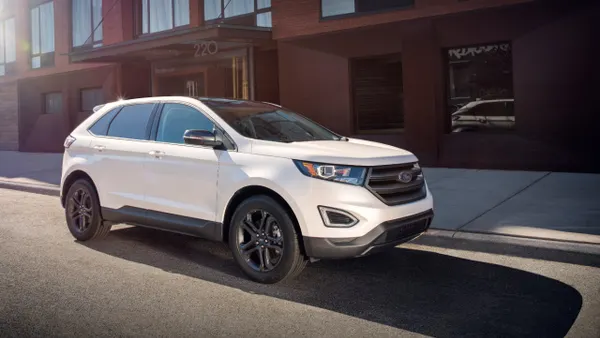Dive Brief:
- Stellantis has reached an agreement with the California Air Resources Board that will lead the automaker to avoid up to 12 million metric tons of greenhouse gas emissions through the 2026 model year, according to Stellantis and CARB press releases on March 19.
- Under the agreement, Stellantis will follow California’s zero-emissions light-duty vehicle sales requirements through 2030, even if the federal government or judicial action bars the state from enforcing them. The company will also comply with California’s other emissions standards, which 14 other states currently follow, according to CARB’s website.
- Stellantis will also invest $10 million in public charging infrastructure, financially support EV public awareness and contribute to car-share programs in marginalized communities, according to the release.
Dive Insight:
The announcement comes months after Stellantis challenged a similar framework agreement signed in August 2020 by CARB and five other automakers, including BMW, Ford, Honda, Volkswagen and Volvo, after the Trump administration rolled back federal emission standards for light-duty cars and trucks in March 2020.
At the time of the original agreement, the Trump administration was challenging the state’s ability to set its own fuel economy and emissions standards, leading California regulators to seek voluntary agreements with automakers. The state’s zero-emissions standards aim to ensure all new cars sold in California are emissions-free by 2035.
In December, Stellantis filed a petition in California arguing that CARB’s emissions agreement with the five automakers resulted in a “competitive disadvantage” for companies like Stellantis because they were subject to different standards. Under the 2020 framework agreement, CARB assesses the five automakers' ZEV sales based on national sales, while other automakers are judged based on their sales in states that follow the CARB standards. Stellantis called the framework agreement, “invalid underground regulations” in its petition.
To meet California’s rules, Stellantis limited shipments of pure internal combustion vehicles to states that follow California emissions standards and plug-in hybrid vehicles to states that do not follow the CARB standards. In addition, in December, the company announced layoffs in Michigan and Ohio that it blamed, in part, on California’s emissions rules.
Currently, Stellantis sells five plug-in hybrid vehicles and two EVs in the U.S. The company plans to introduce eight more EVs to the U.S. market in 2024. By 2030, Stellantis wants EV sales to make up half of all passenger car and light-duty truck sales in the U.S.
In related news, the Biden administration last week finalized new federal emissions standards for light- and medium-duty vehicles. By 2032, automakers must reduce the greenhouse gas emissions from light-duty vehicles by almost 50% and medium-duty vehicles by 44% compared with 2026.
Michael Brady contributed to this story.


